The Differentiated Earth
Part of Hall of Planet Earth.
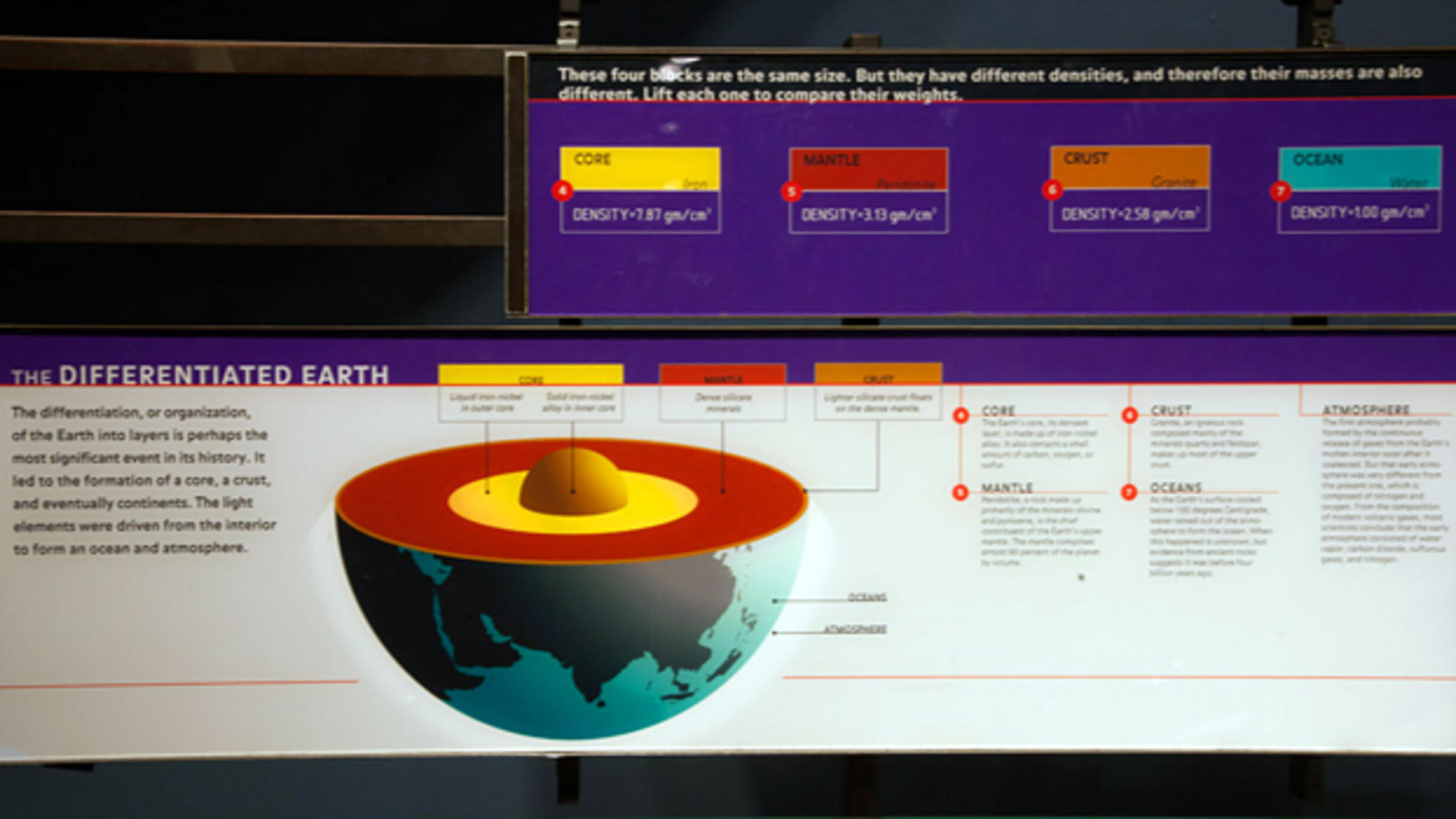
It led to the formation of a core, a crust, and eventually continents. The light elements were driven from the interior to form an ocean and atmosphere.
These four blocks are the same size. But they have different densities, and therefore their masses are also different. Lift each one to compare their weights.
In This Section
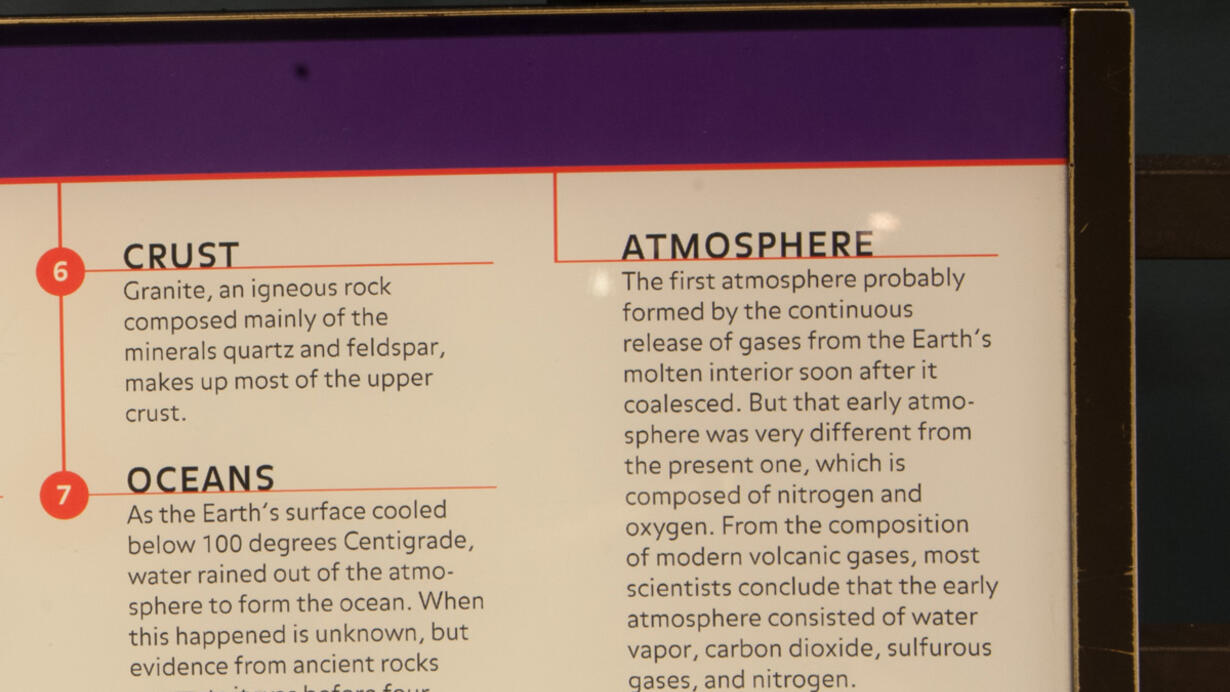
Atmosphere
The first atmosphere probably formed by the continuous release of gases from the Earth’s molten interior soon after it coalesced. But that early atmosphere was very different from the present one, which is composed of nitrogen and oxygen. From the composition of modern volcanic gases, most scientists conclude that the early atmosphere consisted of water vapor, carbon dioxide, sulfurous gases, and nitrogen.
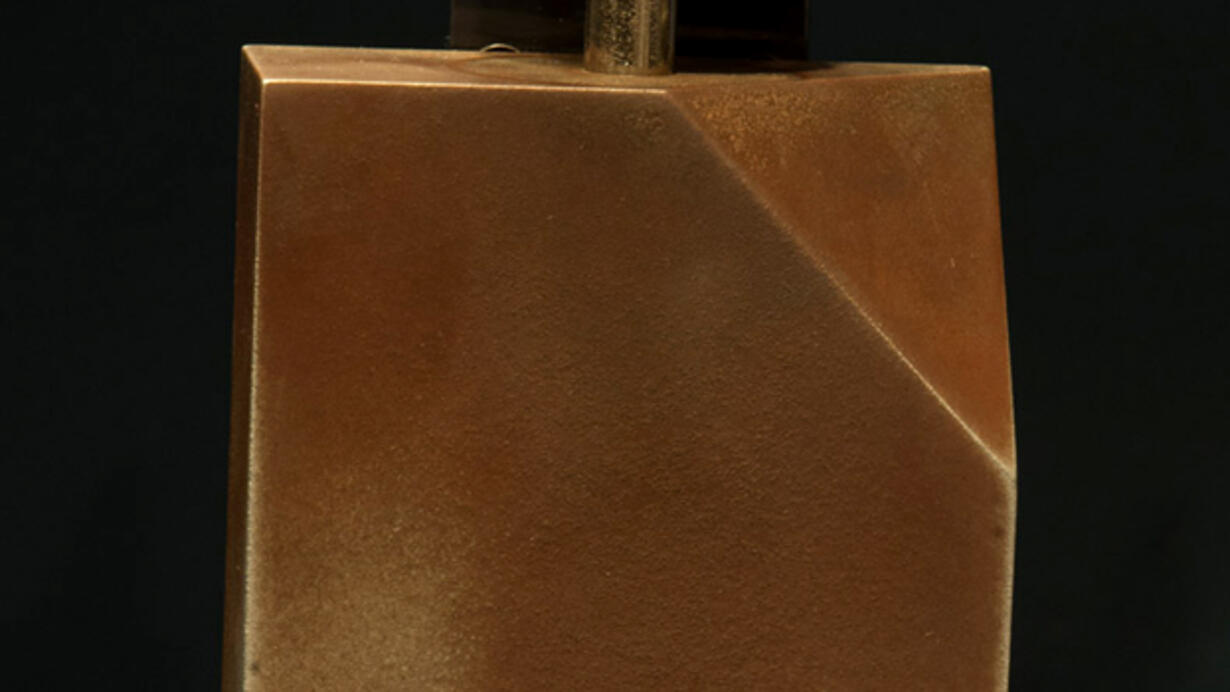
Core (Iron)
The Earth’s core, its densest layer, is made up of iron-nickel alloy. It also contains a small amount of carbon, oxygen, or sulfur.
DENSITY= 7.87 gm/cm(3)
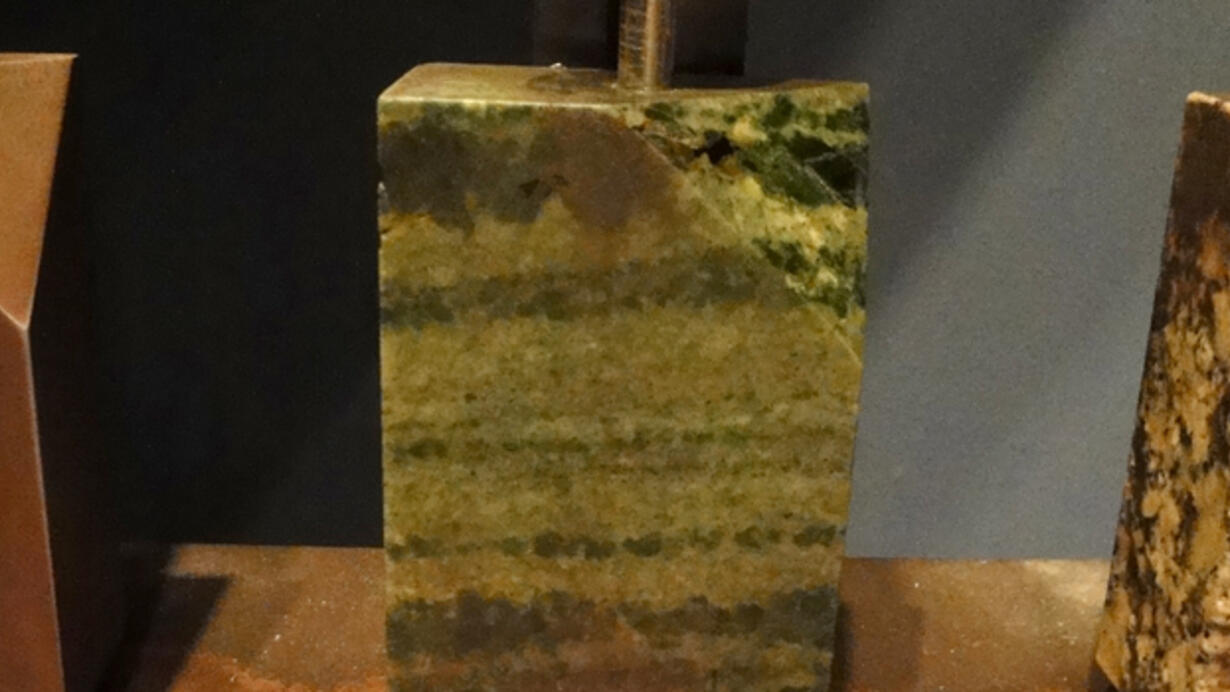
Mantle (Peridotite)
Peridotite, a rock made up primarily of the minerals olivine and pyroxene, is the chief constituent of the Earth’s upper mantle. The mantle comprises almost 80 percent of the planet by volume.
DENSITY= 3.13 gm/cm(3)
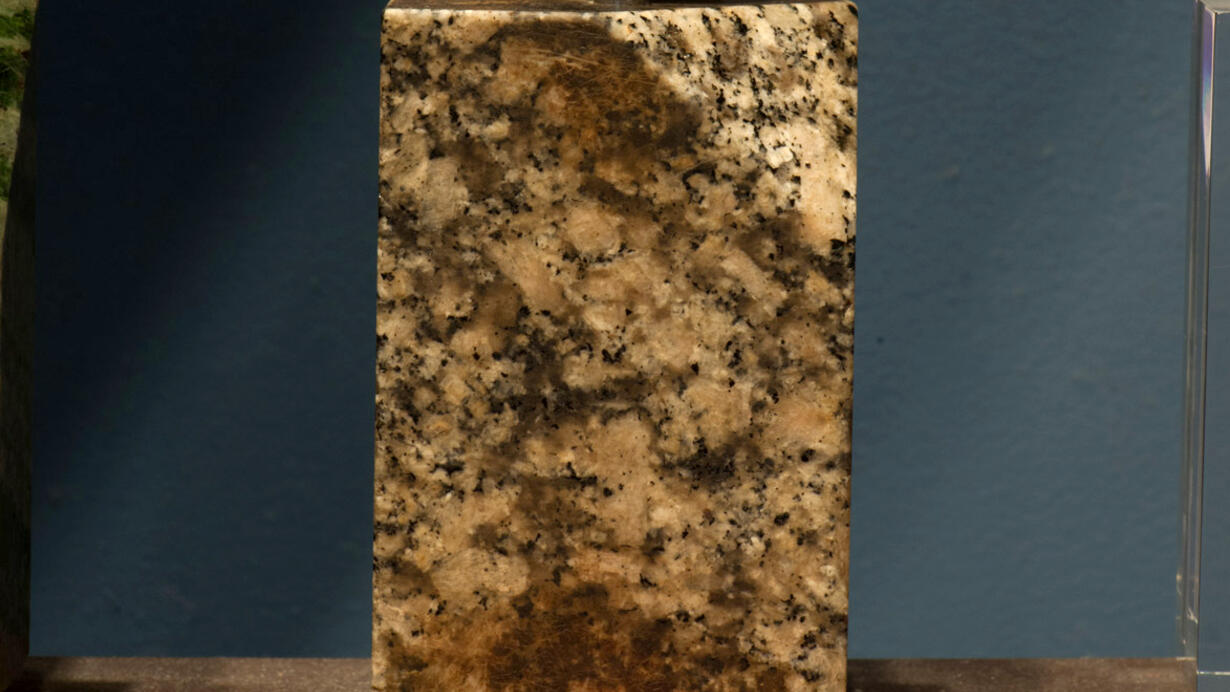 AMNH/R.Mickens
AMNH/R.Mickens Crust (Granite)
Granite, an igneous rock composed mainly of the minerals quartz and feldspar, makes up most of the upper crust.
DENSITY= 2.58 gm/cm3
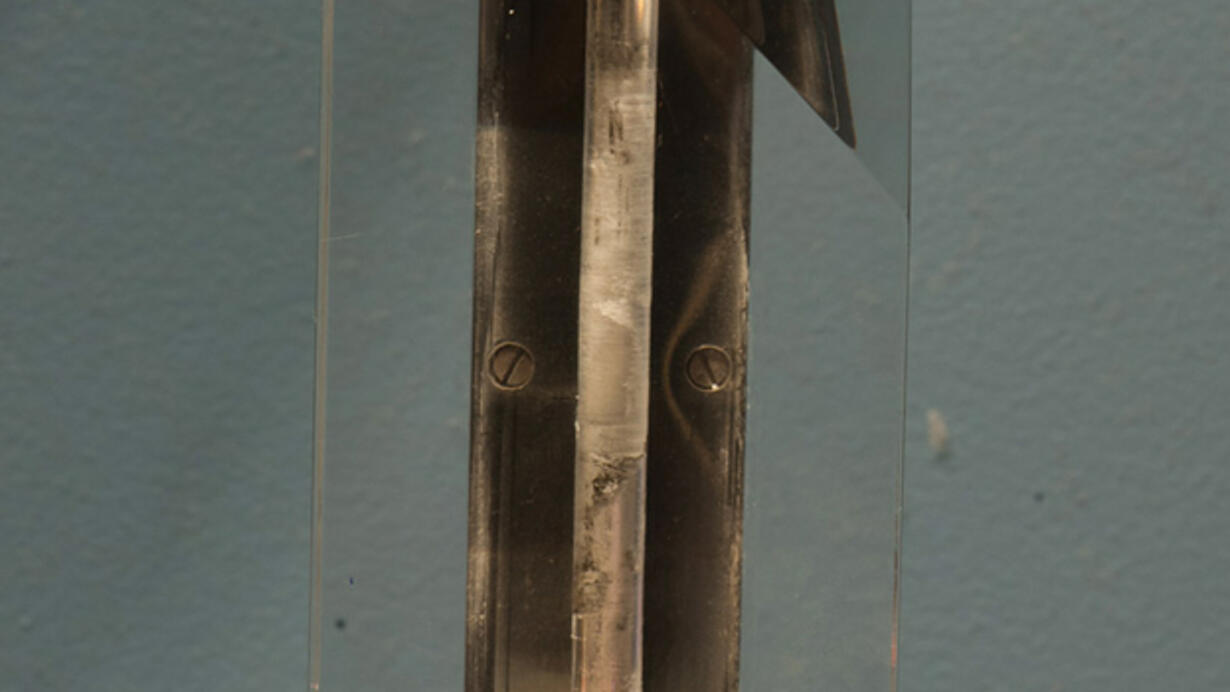
Oceans (Water)
As the Earth’s surface cooled below 100 degrees Centigrade, water rained out of the atmosphere to form the ocean. When this happened is unknown, but evidence from ancient rocks suggests it was before four billion years ago.
DENSITY= 1.00 gm/cm(3)